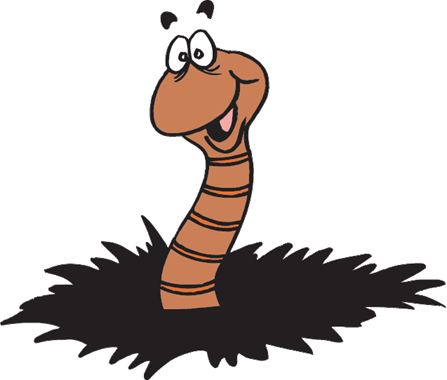Really that is determined by what works for you in the space you have.
You can buy manufactured bins online or in progressive stores, but I suggest you save your money and make one yourself!
When I respond to this question, I offer the following suggestions and considerations:
Red wigglers don’t typically dig more than 8” deep into a worm bin, so a really deep bin does not work as well as a shallower bin. You want to have the worms all the way to the bottom of the bin to keep conditions aerobic.
Really large bins (30 or 50 gallon size) can be used for worm bins, but they are VERY heavy when full of worms and vermicompost. If you’re planning to move your bin (e.g., take it outside to harvest using the sun), consider a series of smaller bins. If you're not going to move it, these large bins can certainly work.
Small bins can also work. Some people have shoebox size bins they keep under the kitchen sink. This can work, however, you must closely monitor conditions in your bin and be careful what you feed them. In a small bin the worms have nowhere to escape if the conditions become unhealthy. A friend had a wonderful bin until a bunch of limes were added in a layer to the bin after a Cinco de Mayo party. Soil pH dropped and all the worms died. This is also why I recommend you feed in the corners when you are starting.
I find the standard 18 gallon plastic storage totes work well for me. They are reasonably sized to allow the worms to flee from any bad things you may add, they are not too when full, they don’t take up too much space in the room, and they can be stacked. See http://www.wormmainea.com/Worm_Bin_Instructions.pdf for free instructions for building a WormMainea style worm bin).
The size and style of your worm bin is not important. If it works for you then it is best. The most important thing is that you get started with a worm bin.
Cheers,
Mark
Friday, November 6, 2009
Subscribe to:
Post Comments (Atom)


No comments:
Post a Comment